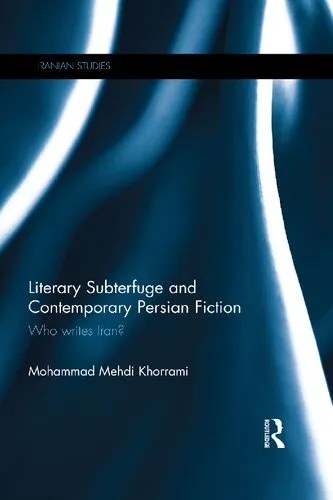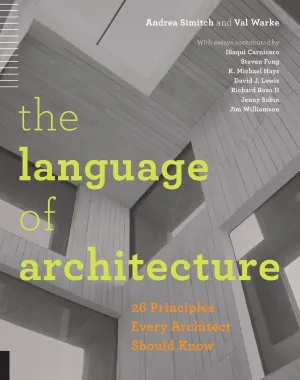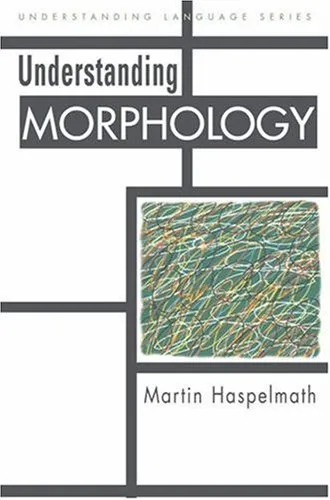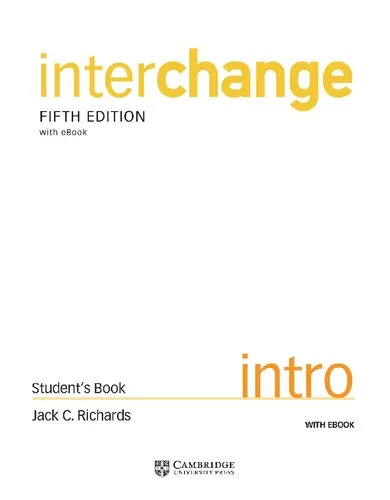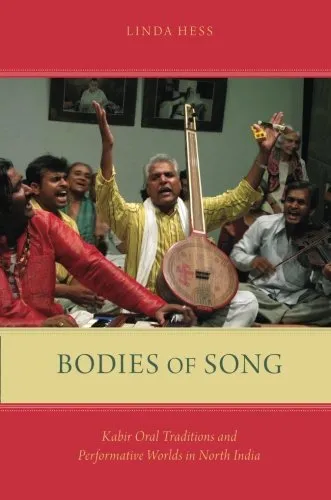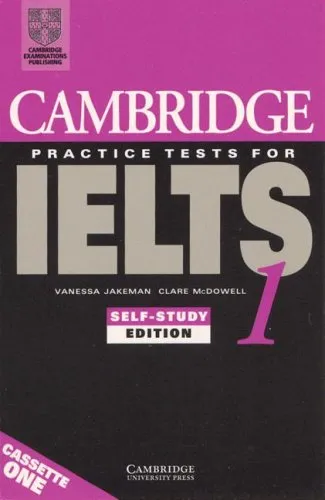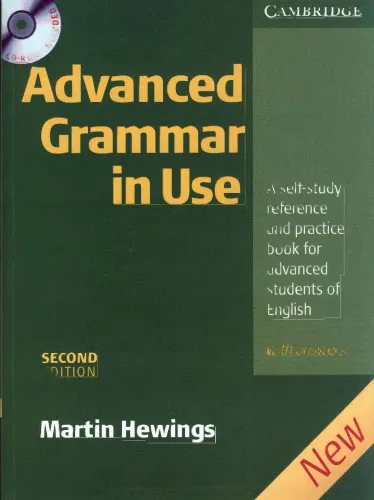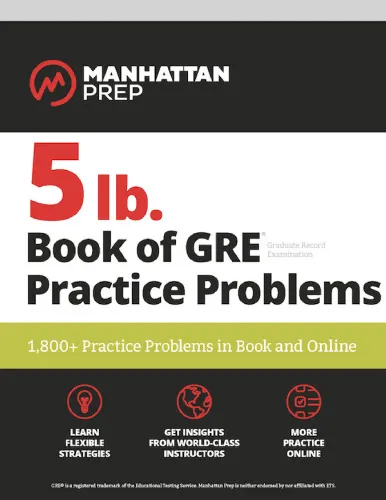Second language Researchpp.245—253
4.0
Reviews from our users

You Can Ask your questions from this book's AI after Login
Each download or ask from book AI costs 2 points. To earn more free points, please visit the Points Guide Page and complete some valuable actions.Related Refrences:
Analytical Summary
Second language Researchpp.245—253 stands as a concentrated segment of rigorous scholarship, exploring the nuanced methodologies and findings that define the modern study of how individuals acquire a second language. Within these pages, readers are introduced to a sequence of analyses that bridge theoretical linguistics with applied pedagogical practices, making it essential reading for researchers and educators alike.
Authored by S. E. Carroll, this section encapsulates detailed examinations of language acquisition processes, drawing on empirical data and theoretical framing. The discourse moves fluidly between psycholinguistic models, sociolinguistic influences, and pedagogical outcomes. Although specific publication year information is unavailable due to no reliable public source, the work’s intellectual weight remains clear through its precise attention to conceptual rigor and methodological soundness.
Readers will encounter critical discussions on learner variability, input quality, and the measurable stages of language learning. Such content positions the book excerpt as a vital node in the larger dialogue around applied linguistics—providing frameworks for analyzing learner performance, the role of exposure, and the interaction between cognition and context.
Key Takeaways
From this specialized segment of the book, there are several noteworthy conclusions that speak directly to professionals in linguistics, applied language research, and education policy.
First, Second language Researchpp.245—253 emphasizes the importance of rigorous methodology in capturing the complexity of language acquisition. Insights stress how precise data collection and multifactorial analysis can shift theoretical perspectives and classroom strategies.
Second, applied linguistics—one of the secondary keywords—emerges not merely as an academic discipline but as a functional interface between theory and practice, influencing how learners are assessed and supported.
Third, the section underlines language acquisition studies as a continually evolving field, where analytical rigor must be matched with openness to interdisciplinary perspectives, including cognitive science and sociocultural theory.
Fourth, Carroll’s treatment of variability among learners challenges static models and encourages adaptive, evidence-based approaches for curriculum design and learner support.
Lastly, the pages champion the role of reflective scholarship—reminding readers that critical evaluation is integral to advancement of the discipline.
Memorable Quotes
"Quality of input shapes trajectory of acquisition more than quantity alone." Unknown
"Research into second language learning thrives on methodological precision." Unknown
"Pedagogy informed by empirical study empowers both students and instructors." Unknown
Why This Book Matters
Second language Researchpp.245—253 matters because it crystallizes the relationship between theoretical insight and practical application in the complex realm of language learning.
For academics, it offers a concentrated view into how real-world data informs, disrupts, and refines ongoing debates in applied linguistics. For educators, its alignment with language acquisition studies provides actionable perspectives on curriculum development and learner assessment.
Its utility lies not in definitive answers—language study rarely permits such closure—but in demonstrating how well-structured research can incrementally build a resilient knowledge base. The author’s commitment to clarity ensures that readers, regardless of their specialised focus, can integrate insights into broader professional contexts.
Inspiring Conclusion
Engaging with Second language Researchpp.245—253 is an invitation to deepen one’s understanding of how languages are acquired, processed, and taught. Carroll’s scholarship offers a roadmap not just for comprehension, but for active contribution to the field.
By synthesizing applied linguistics with the empirical focus of language acquisition studies, this section underscores that meaningful progress requires both analytical depth and pedagogical creativity. Information unavailable about its publication date should not deter readers from valuing its rich content; the rigour and relevance remain evident.
Whether you are a researcher refining theoretical models, an educator seeking better classroom strategies, or a policy maker aligning educational frameworks, the conversations sparked by this work are essential. Read it, share it, discuss it—allow Second language Researchpp.245—253 to be the catalyst for deeper exploration and informed dialogue in your professional journey.
Free Direct Download
You Can Download this book after Login
Accessing books through legal platforms and public libraries not only supports the rights of authors and publishers but also contributes to the sustainability of reading culture. Before downloading, please take a moment to consider these options.
Find this book on other platforms:
WorldCat helps you find books in libraries worldwide.
See ratings, reviews, and discussions on Goodreads.
Find and buy rare or used books on AbeBooks.


